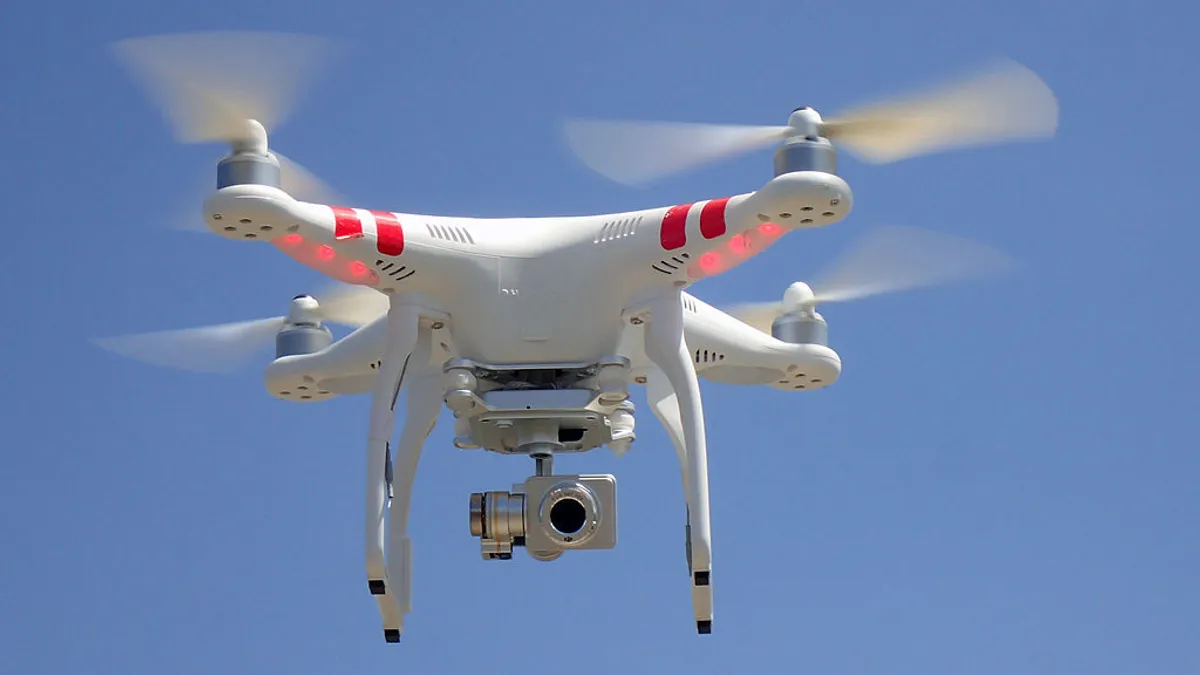Dive Brief:
- The National Science Foundation (NSF) announced a third wireless research platform in North Carolina's Research Triangle, spanning areas in the cities of Raleigh and Cary.
- The testbed, in partnership with nonprofit US Ignite and a bevy of other partners in the academic, municipal and industrial fields, will be named Aerial Experimentation and Research Platform for Advanced Wireless (AERPAW). It will focus on researching wireless communications for unmanned aerial systems (UAS) like drones, with a goal of integrating the systems into national airspace.
- Organizers said the new testbed could help first responders share real-time data in emergencies; understand how to utilize drones as part of disaster communications networks; and understand how to use virtual reality to host workforce training programs. It joins existing testbeds in New York City and Salt Lake City.
Dive Insight:
Drones and other UAS products hold great promise for cities, and have been the subject of a great deal of testing and innovation in North Carolina. The research is in keeping with the state’s efforts as a center for aviation, the North Carolina Department of Transportation’s (NCDOT) UAS program manager Basil Yap told Smart Cities Dive in an interview last year.
Combining the desire for innovation with a wireless research testbed could further accelerate the state's efforts. The testbed in New York City has already been used to try various smart city initiatives like smart intersections, as well as augmented reality (AR), which need low latency and high bandwidth. Meanwhile, officials pledged that the Salt Lake City testbed would allow "dynamic spectrum sharing and advanced wireless antenna technologies."
While drones may be a promising technology that could help with deliveries or monitoring traffic and security at major events, there are plenty of lingering issues that need to be resolved. NASA announced earlier this year it would test its under-development drone traffic management system in Reno, NV and Corpus Christi, TX. Questions remain about how to manage traffic in the skies and ensure there are no collisions.
This new testbed should help ease those concerns, and help researchers understand how to get drones communicating with each other and surrounding infrastructure and vehicles. As cities look to the skies to ease congestion, the work at this testbed and elsewhere have a big role to play to help ensure they do not become as congested as the streets.











